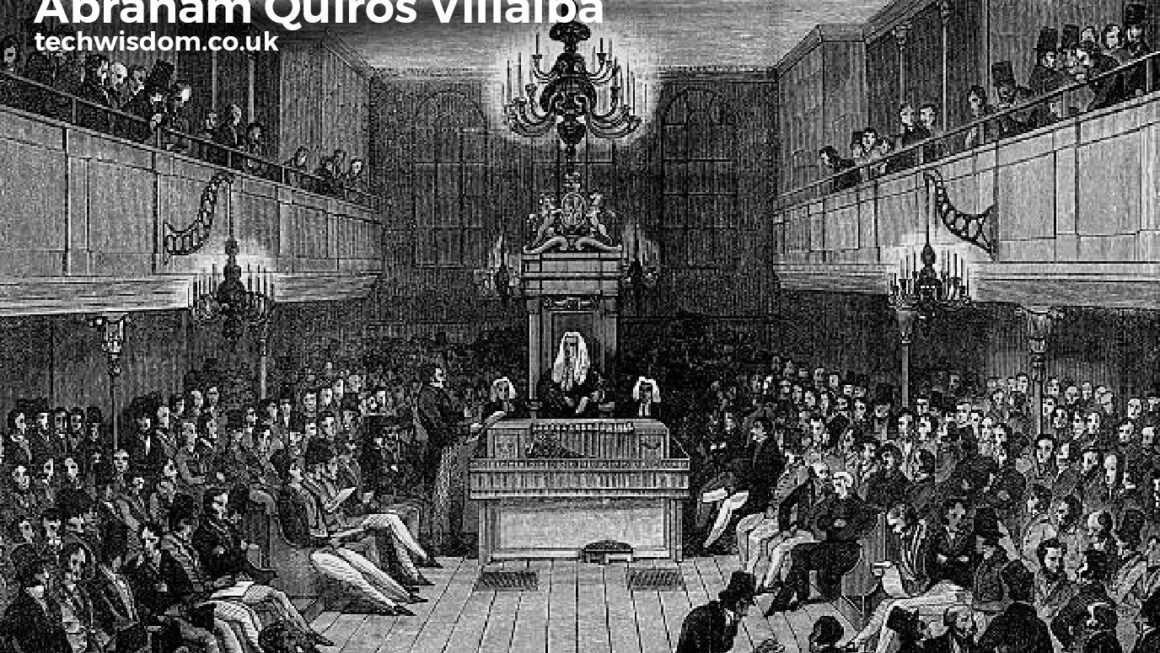The tale of Theodore Barrett and his wife, Janie Barrett, became the center of an online whirlwind when a video purported to reveal the aftermath of a tragic car accident leading to her untimely death. Inconsistencies in the tone and details within the video raised eyebrows, casting doubt over the integrity events’ veracity. This has left many viewers questioning the truth behind Theodore Barrett wife and their story. With this article, we aim to dissect the origins, impact, and conversations surrounding a narrative that took an unexpected turn into the world of satirical news.
A Viral Sensation Emerges
Recently, a video featuring Theodore Barrett has captured the attention of audiences worldwide. Depicting Barrett as he shares the distressing news of his wife’s supposed demise, the footage sparked intrigue, sorrow, and suspicion. Widely shared across social media platforms, this content became a topic of intense discussion and speculation. The severe nature of the subject matter contrasted sharply with Barrett’s detached and impassive account, leading to a widespread sense of discomfort and bewilderment among viewers.
Satire Versus Reality
Upon closer examination, it becomes apparent that the story of Theodore Barrett and his wife is different from what it first appeared. This narrative is not born out of genuine life events. Still, it is a creation of The Onion, a well-known satire and comedy organization that uses fictional scenarios to mirror and critique societal and cultural phenomena. The satirical video, produced to reflect the often formulaic and emotionally detached way public figures address personal tragedies, touched on various societal expectations regarding grief and public persona.
In this fabricated account, Theodore Barrett stands as a conduit for The Onion’s sharp criticism, highlighting a world where public figures are seen to commodify personal experiences, sometimes devoid of the expected human reactions to loss and tragedy. Within this framework, the story took root, fooling many viewers into thinking it was a genuine account.
The Societal Impact of Satire
Satirical content, especially when presented with a convincing veneer of authenticity, can significantly influence public discourse. It often serves as a tool for social commentary, holding up a mirror to the absurdities of everyday life or the insensitivities within the societal structure. However, its effectiveness depends on the audience’s ability to recognize its intent and nature.
While satire can be cathartic and illuminating, instances like the Theodore Barrett wife’s story demonstrate the potential for satirical content to confuse or mislead. The response to The Onion’s video indicates a broader conversation about the ethics of satire, its interpretive boundaries, and our responsibilities as consumers of digital content.
Recognizing Satire in the Digital Age
In our age of relentless content consumption, it is essential to maintain a critical perspective when engaging with media. The ascendancy of platforms such as The Onion testifies to a collective appetite for satire that cuts through the noise of traditional news narratives. However, this also necessitates a heightened awareness regarding the sources of the information we consume and share.
In the case of the Theodore Barrett wife story, understanding the context and source of the video—recognizing The Onion’s distinct brand of satire—would lead any diligent viewer to realize that these characters and events are mere fabrications. Yet, the rapid spread of the video also reflects our era’s challenges in distinguishing fact from satire, particularly in the fast-moving streams of internet news feeds.
The Importance of Media Literacy
Now more than ever, media literacy is a crucial skill set to cultivate. The blended lines between genuine news and satirical entertainment necessitate a keen eye and informed skepticism. Part of building media literacy is acquainting oneself with well-known publishers of satirical content, developing critical thinking skills, and checking sources against facts.
Educational initiatives and resources dedicated to improving media literacy across all age groups and demographics enable society to interact responsibly with digital content. In this way, rather than falling prey to confusion, viewers can appreciate the nuance and commentary that satire brings to the table.
Final Thoughts
The story of Theodore Barrett and his wife, Janie Barrett, is a compelling narrative that speaks not to the facts of a particular incident but to the impact of satire in our collective consciousness. This saga has underscored the necessity for caution, reflection, and vigilant media consumption practices when distinguishing fact from fiction has never been more complex.
The effectiveness of satire like that from The Onion lies in its ability to compel audiences to question what they hear and see and the emotional and cultural undercurrents that shape real-life narratives. Satire urges us to consider the more profound implications of our reaction to tragedy and our expectations of authenticity, even as it prompts us to explore our understanding of public discourse and personal loss.
In the case of Theodore Barrett wife, the truth unveiled is less about the fictional fate of his wife and more about our engagement with the world of digital media. The lines between reality and satire will continue to blur in this world, demanding our discernment and critical engagement.













